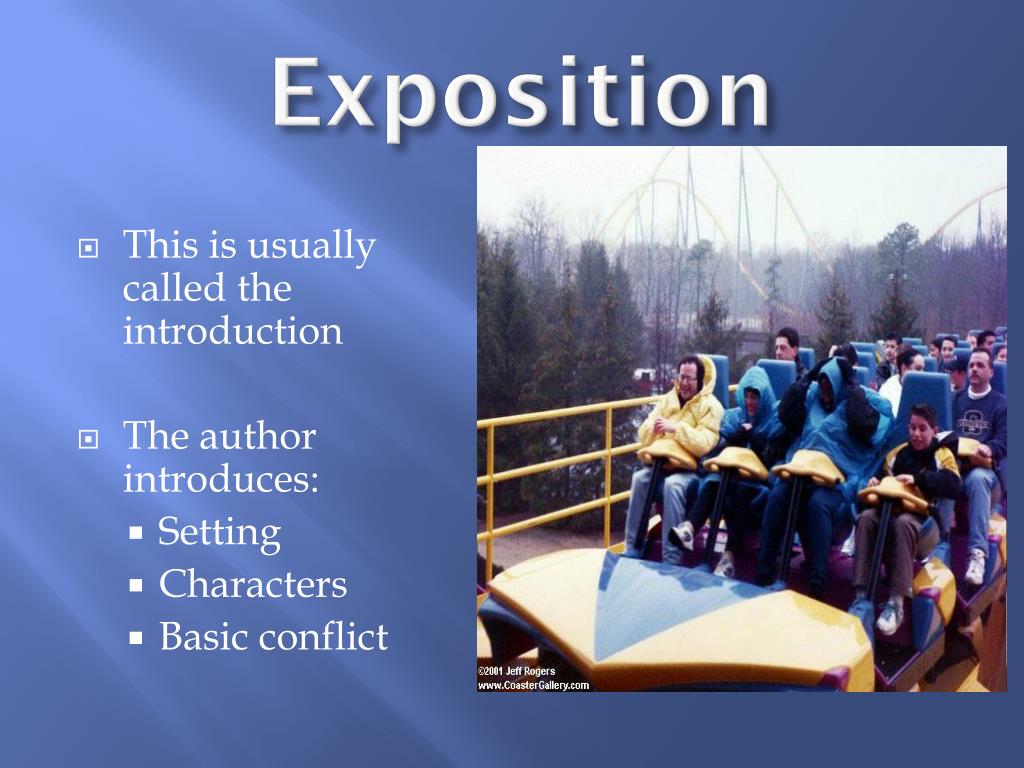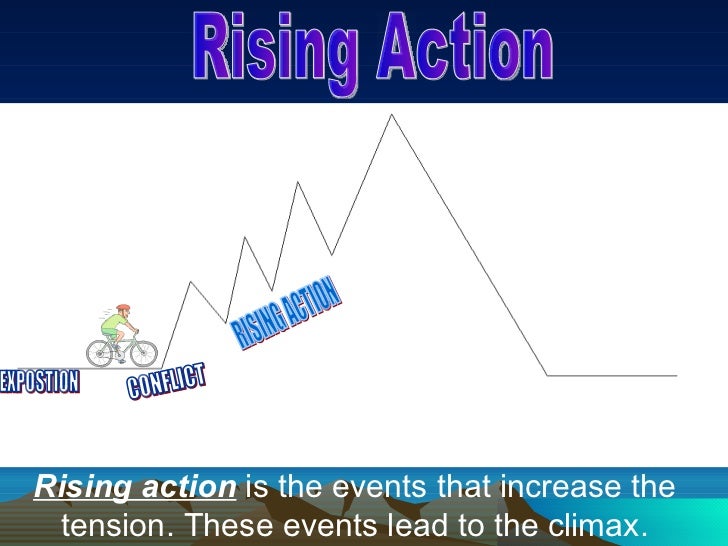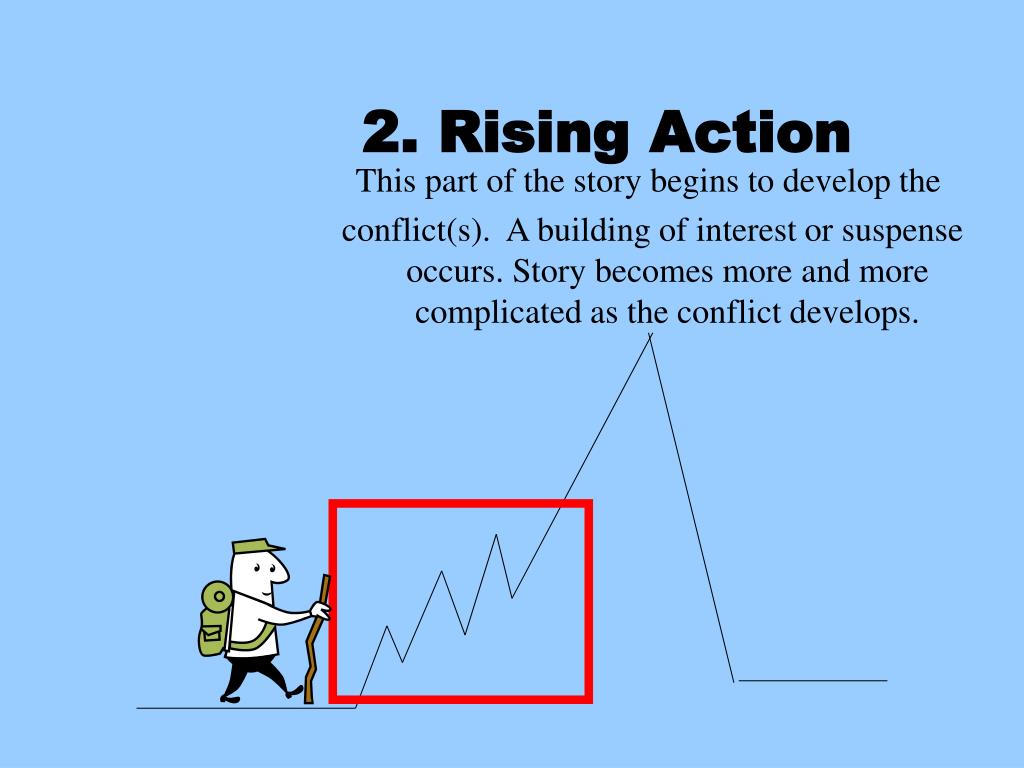

There are four main points of view in creative writing and literature.įirst person tells the story from a character’s perspective using first person pronouns (I, me, my, mine, we, our, ours). This determines whether we’re seeing something from the narrator’s perspective or a character’s perspective. Point of ViewĮvery story needs a point of view (POV).
#Exposition story definition free#
Try the Summary Report with a free account. These all play a role in establishing a tone that fits your genre. The Summary Report will then compare various style aspects to your genre, such as sentence length, emotion tells, and sentence structure. In your document settings, change your document type to your genre. ProWritingAid can help with some of the aspects of tone. Aspects of the setting, such as the weather, can contribute to tone, as well. Create tone with writing elements such as word choice, sentence length, and sentence variety. Tone should fit both your genre and your individual story. A romance might have an optimistic, romantic tone. A women’s literature story might feel nostalgic. Tone is the overall feeling of your story.

Tone might be the most complicated of all the story elements. Sometimes themes are social criticisms on class, race, gender, or religion. Themes can also be warnings, such as the dangers of seeking revenge or the effects of war. What is the big idea? Why did the author write the story, and what message are they trying to convey?


You can think of theme as the “why” behind the story. You can be less specific in your time period, like “modern-day” or “near future,” but it is still an important component of your setting. The smaller settings within the story include individual homes and estates, like Longbourn, Netherfield Park, and Pemberley. Lizzy travels through several locations in the country. For example, Pride and Prejudice takes place in England. Some stories have only one setting, while others have several settings.Ī story can have an overarching setting and smaller settings within it. Setting is where and when the story takes place, the physical location and time period. Animals or supernatural elements can be characters, too! Setting Your characters don’t have to be human or humanoid, either. Not every minor character needs to be well-developed and have a story arc, but your major players should. There are short stories and even some plays that have only one character, but most stories have several characters. An antagonist works against your main character’s goals to create conflict. You might have multiple protagonists or secondary protagonists. Your protagonist is your main character, and they are the primary character interacting with the plot and the conflict. There’s no correct place to start-as long as you have all seven elements by the end, you’ve got a story.Įvery story needs characters. For instance, you might create a character before you have a plot or setting. When you’re writing a story, you might start with one and develop the others later. There’s no particular order of importance because they are all necessary. There are seven basic elements of a story, and they all work together. What Are the 7 Literary Elements of a Story?


 0 kommentar(er)
0 kommentar(er)
